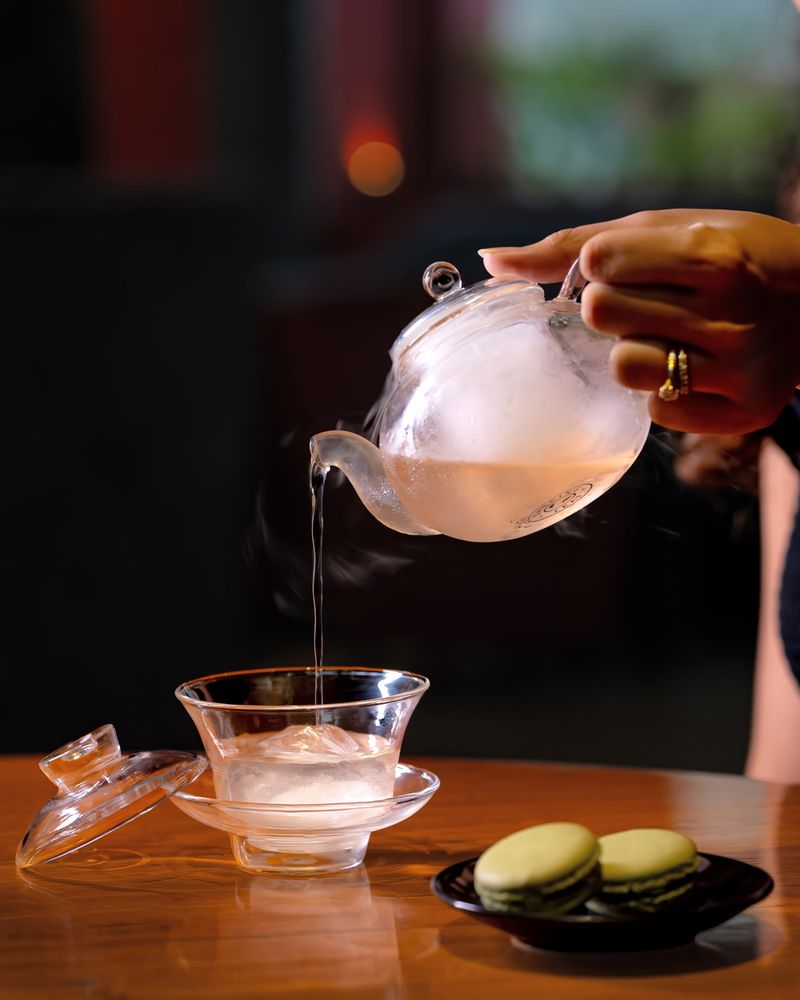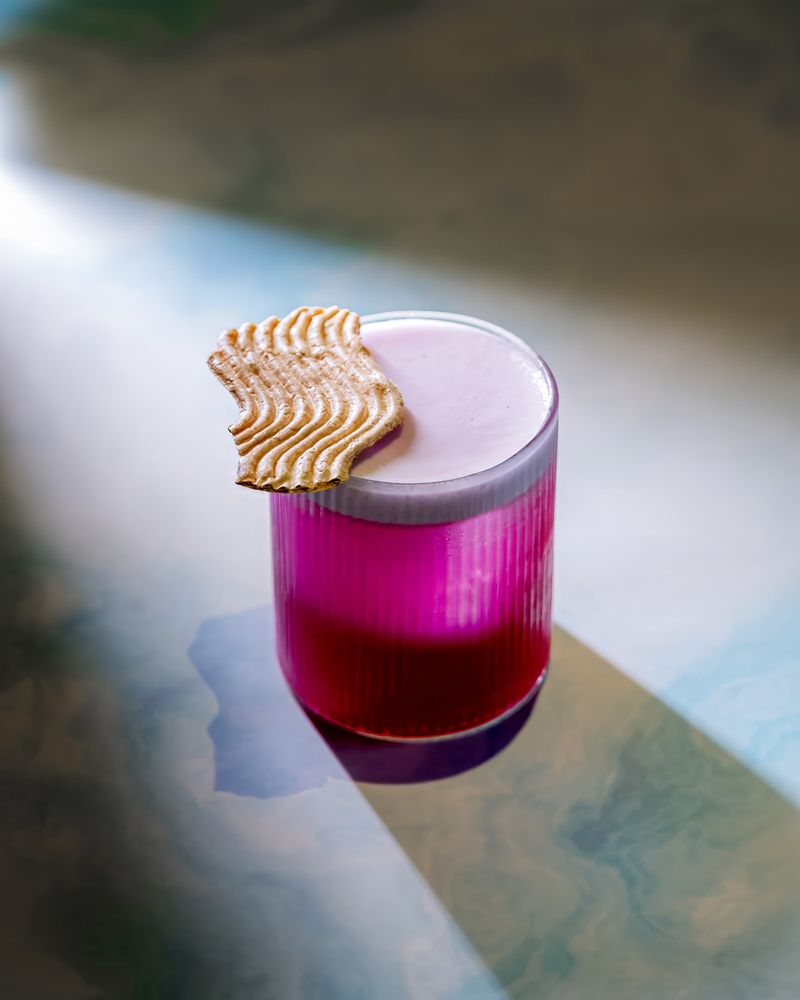Not everyday you come across a cocktail menu that makes it nearly impossible to choose just one. In the realm of modern mixology, where creativity often vies for attention over substance, Foo's Blacklist Menu - Volume III: Art of Japan is a refreshing counterpoint. Akash Singh, Beverage Mangaer at Pebble Street Hospitality is back with a cocktail collection so perfect that choosing just one feels like trying to pick your favourite child. This is not an exaggeration!

Celebrating the subtleties of Japan's rich cultural heritage, all distilled into liquid form, Singh has managed to channel the spirit of the country, from the tranquil notes of a tea ceremony to the bold strokes of Hokusai. Now, do you go for the sesame oil fat-washed cocktail Hanko or get swept away by the earthy elegance of a matcha green tea powder concoction? Special mention to the creativity flowing from these glasses. There's a cocktail inspired by the iconic wave Kanagawa that might make you feel you're riding the surf. There's Ikebana, a drink that's as artfully arranged as Japan's revered floral designs.

It's evident how Japanese-inspired mixology has gained momemtum in India. What resonates so deeply in the mixology scene about Japanese culture and aesthetics is the elegance, simplicity and deep respect for the ingredients. People love the understated complexity that comes with it, where each ingredient and technique serves a purpose towards the final product.
Translating concepts into drinkable experiences

Explaing how Singh transformed these often abstract or visual concepts into drinkable experiences, he says, “We start with the concept. Understanding the deeper meaning behind a tradition like Chado (tea ceremony) or Shodo (calligraphy) helps ground the direction of the drink. Once we have that emotional or cultural anchor, we move on to the ingredients. For example, with the Kanagawa cocktail, we didn't just want to visually represent the wave, we wanted the drink to embody a feeling of transformation, much like the painting symbolises a changing society. The Chado cocktail needed to encapsulate the transquility and respect inherent in tea ceremony, which we achieved through gentle flavours and subtle presentation."

Singh stresses on choosing elements that not only align with the cocnept but also embody the spirit of the practise, like using matcha for Chodo or House Sakura liqueur which gives a subtle elegant character to the cocktail. Elaborating on balancing staying true to the essence of these traditions while also putting a personal, creative spin on them in the cocktails, Singh shares, “Creativity is key in cocktail making, so I incorporate modern techniques on unsual pairings to surprise and delight. For example, with Kogei, we respect the tradition of craftsmanship but interpret it through bold and diverse flavours like peanut butter fat-washed whisky, which is unexpected yet harmonious.”
Engaging all the senses
To make sure the cocktails engage not just teh palate but also the eyes, nose, and hands, Singh draws inspiration from Japanese culture, which emphasises a full sensory experience. Each drink is visually appealing, featuring vibrant colours and cretive garnishes, while aromas are heightened with ingredients like citrus zest or floral infusions. Texture is achieved through the mouthfeel of ingredients - whether creamy or crisp and the way the glass feels in the hand, like with the smoothness of a milk-clarified cocktail.
“For example with Shodo, we enhance the experience by serving it on a wooden tray adorned with Japanese elements, including a traditional hand fan as a backdrop. Dry ice infused with rose essence, creates an eye-catching smoke effect, elevating all the senses of our guests. Every element is intentional, from the look to the last sip,” Singh adds.
Nature as inspiration

Then there are cocktails inspired by elements like Hokusai's iconic wave. Explaining how to bring elements of nature into your drinks both in flavour and presentation, Singh says, “For Kanagawa, the use of blue pea flower represents the ocean's colour, and the house citrus cordial brings a burst of freshness that echoes natural elements like wind and water. Presentation-wise, we may serve it in glassware that evokes the curvature of a wave, or use garnishes that mimic sea foam or movement. Nature is not just a visual reference but is also captured in the experince of drinking.”
The growing trend of Japanese-inspired mixology in India
Singh believes Japanese-inspired mixology is just at its nascent stage. He emphasises, “As more people explore the subtleties of Japanese flavours, techniques, and presentation, we will likely see more refined, minimalist cocktails. As techniques like fat washing or infusiion become more advanced, we will also see an increase in creating ingredients in-inhouse, in keeping with the Japanese respect for handmade, artisanal processes.” He's determined to see a future where cocktails are not just drinks but artistic expressions with elements like live garnishing or interactive presentations. "As the lines blur, we will continue to create experiences that are as much about storytelling as they are about taste," he concludes.


